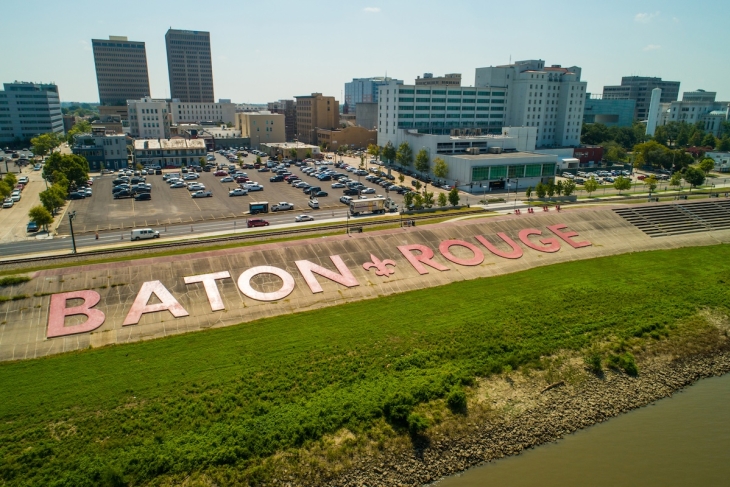At peak enrollment in Baton Rouge, Louisiana, our local school system educated over 70,000 children. Now, in essentially the same facilities, it serves just over 34,000 children. The district has been experiencing a steady decline in student enrollment since the early 2000s, losing around 2 percent of our student population each year on average. Post-pandemic, our district’s enrollment is 20 percent less than what it was a decade ago. These are trends echoed by districts across the country, as reported in a recent Fordham Institute study.
The cost of maintaining so many schools is one felt most dramatically by students in under-enrolled schools, whose access to robust programming and holistic services is limited by their school’s ability to achieve an economy of scale.
For the last two years, our school board has been talking about “right-sizing” our city’s school facilities footprint, and following the selection of a new superintendent has recently started that work in earnest. While enrollment is an important consideration, the discussion around school facilities is and always should be centered on providing the best education and learning environment for every student.
Almost ten years ago, our then-superintendent built a plan to close a chronically struggling elementary school, the first foray into these needed changes. The building was in abysmal shape; enrollment was down to just about 250 students. The performance rating of the school was an F, and it had been that way for years. Less than a mile away was a C-rated, recently rebuilt, under-enrolled elementary school. The objective case for consolidation seemed pretty clear, and the superintendent had privately gathered support from his board for closure of the struggling school and consolidation into the higher-rated one.
But in the leadup to the first town hall on the subject, two board members reversed course. Instead of helping the superintendent demonstrate how the consolidation would improve outcomes for the children attending the underperforming school, they ginned up community opposition to the closure. Their argument was that closing the school would be taking a community asset away from an already underserved neighborhood.
With no plan in place for what would happen to the closed building, and nothing yet communicated about the upside for the children affected by the change, neighbors, parents, and community leaders rallied around the under-enrolled school, and the consolidation plan was scrapped before it had a real chance to be considered.
In fact, in a shocking about-face, the superintendent would go on to spend $21 million to construct a new building for the F-rated school. In 2021, when our organization launched, just fourteen of the 284 children enrolled in the new school were reading on grade level.
A decade of dithering and avoiding the tough decisions needed to improve our school system had yielded predictable results.
Districts across the country can learn from our mistakes, including our own.
For parents in under-resourced schools, there is always a pressure to make trade-offs. No matter how strong the case for consolidation may seem to administrators, the question they’re left asking themselves is, “How will any of this give my child a better life than I had?”
And who can blame them? Baton Rouge, like many other cities, relied on different programs to integrate schools. Yet, here we are, more than a half a century later, with some students still waiting for the robust level of service that their peers across town receive.
In the long run, doing right by students requires a hard-headed approach to budgets. The decisions we make today—about school facilities, programming, and funding—must align with the number of children we serve and be driven by what truly makes an impact on their futures.
Yet, even as we consider how to allocate resources, we must remember that the goal is ensuring that every child has access to a high-quality education, and that these decisions have real implications for families and communities. Recognizing the weight of these choices and the impact on students is essential to making sure that any changes are not just efficient, but thoughtfully prioritize the needs and experiences of the families they serve.
What’s happening in Baton Rouge is part of a larger national conversation. Communities across the country are facing similar challenges, and in many cases, political fear and complacency have delayed necessary decisions.
There are lessons that can be taken from Baton Rouge that can be applied to districts around the country grappling with similar decisions. First, leaders must engage with families and community leaders early on. When these decisions are poorly handled, it’s the students we fail. Families deserve clear communication about why a school may be closing and what to expect. Second, district leaders must take a hard look at their priorities for student needs and how resources can be optimized to improve education for all students. Finally, there must be a plan for repurposing closed buildings so that they don’t become blights on the community.
At the end of the day, it’s about doing the right thing for our children. If we get this right, we’ll be giving more kids in our communities access to the kind of education we all want for them. The hard choices we make today can shape the future for the next generation.




